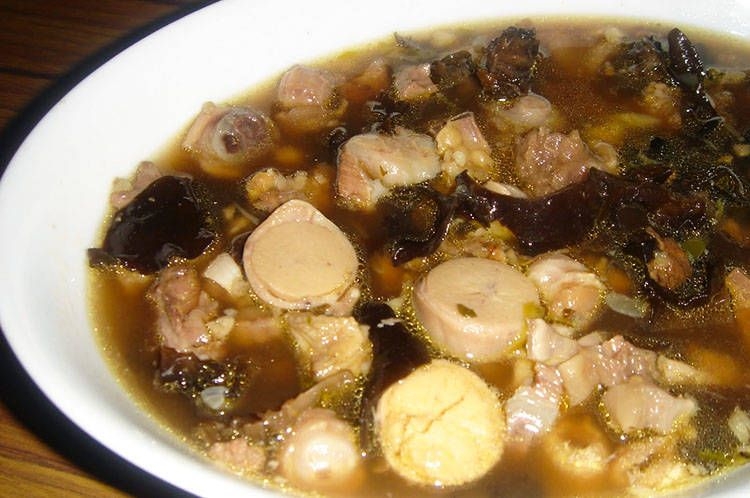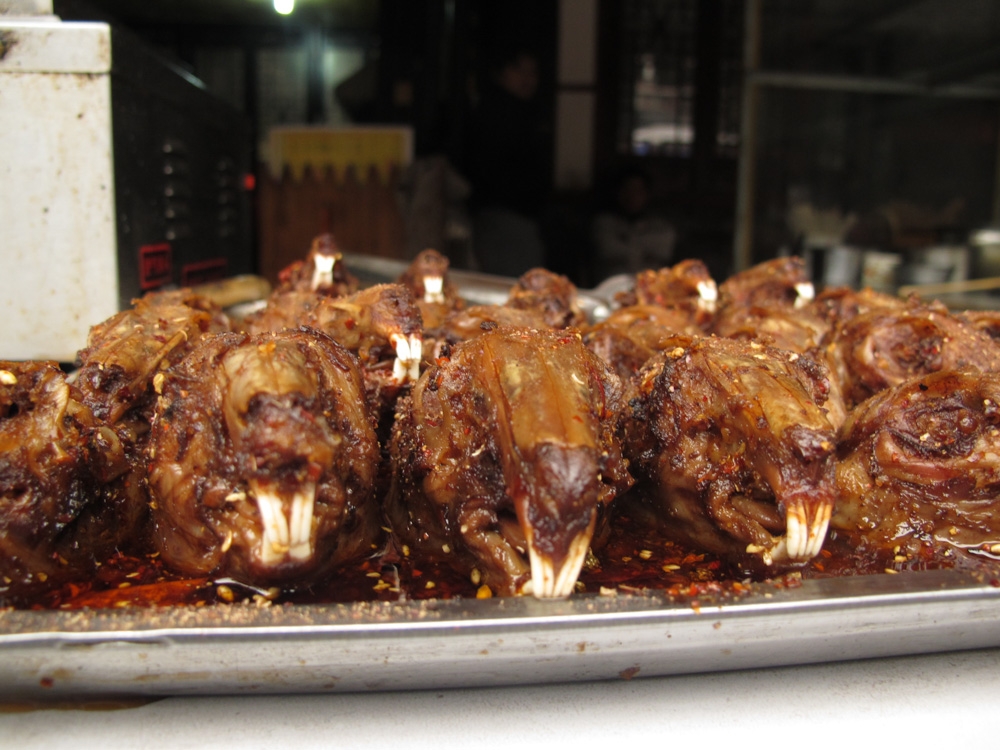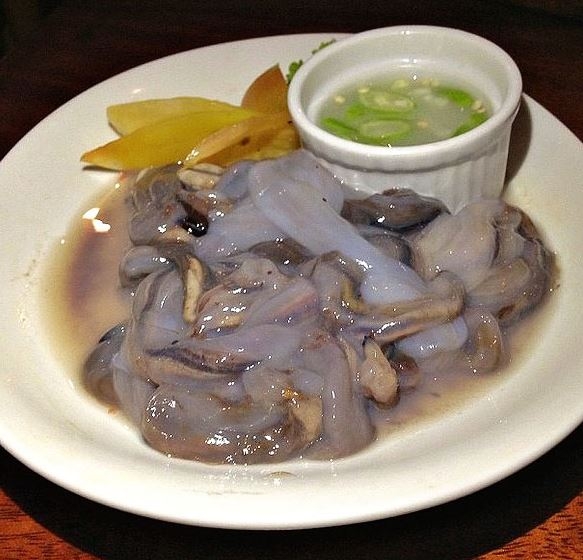Balut - One of World's Weirdest Dishes
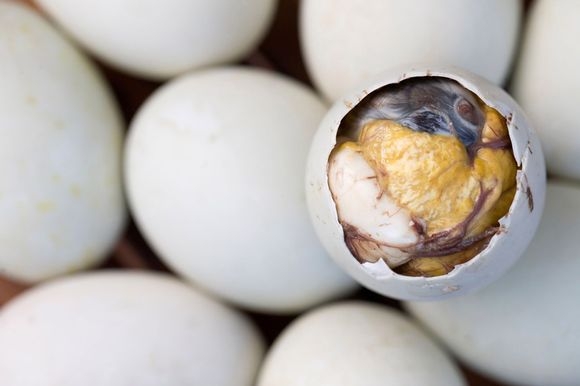 |
| Photo: Pinterest. |
Considered a street food since you can eat it while on the go, it’s said to be worth looking past the way this looks because the taste is like nothing else.
Even those with an iron stomach may cringe at the sight of the balut egg. Unlike any hard-boiled egg you’ve seen before, the balut egg offers an added bonus; there, next to the yolk, is the tiny, hard-boiled carcass of a duck fetus. The sight of a small animal inside of your hard-boiled egg is usually the stuff of nightmares, but in the Philippines or in some countries in Southeast Asia such as Vietnam and Cambodia, it's the stuff of culinary fascination.
The history of the Balut egg dates way back
The origins of the balut egg date back to the 1800s, and since then, the process of preparing them hasn’t changed much. Balut was first introduced to the Philippines by the Chinese around 1885 and it has been included as a part of its tradition ever since. Going forward wherever Filipinos migrated for work, a large need and market for the balut egg developed, too, as cited by All That's Interesting.
How to make a Balut egg
1. Make a wooden box with a cover and put rice husks inside about 7 to 8 inches thick.
2. Sort the eggs in a plastic bag and place it inside the box. Once the eggs are inside the box, immediately put the lid back to avoid loss of heat. Store it in a warm and dry location.
Tip: balut is originally made from duck eggs; however, you may use chicken eggs if the former is not available.
3. In balut making, storage temperature is vital. So monitor the temperature regularly inside the box. The temperature should not be lower than 38 degrees celsius daily.
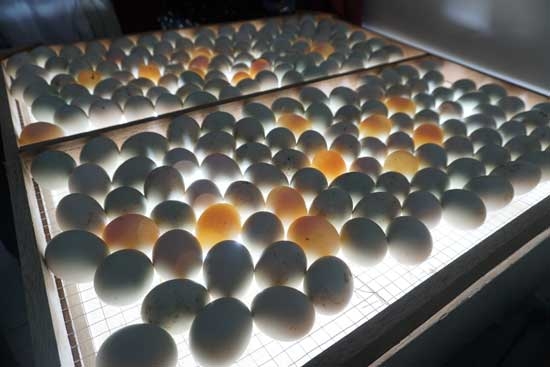 |
| Photo: The Manila Times |
4. The egg should mature properly. To know that, check the eggs one by one against a bright light to see if germplasm is developing. The sign is visible as early as on the third day of storage.
Tip: Those eggs without a hint of germplasm can be removed from the box and be made as penoy, while the rest should remain in the box to continue the incubation.
5. Repeat the fourth step on the thirteenth day. Only the eggs that produce a germplasm can move on to the final process of balut making.
6. On the seventeenth day, the remaining eggs are now developed chicks with little feathers. You may now remove the eggs from the box.
How to cook Balut
Locally, balut is sold uncooked at local Asian grocery stores. Balut is prepared by boiling or steaming for approximately 20 to 30 minutes, until hard-cooked. Balut is eaten immediately after cooking as a snack or as part of a meal.
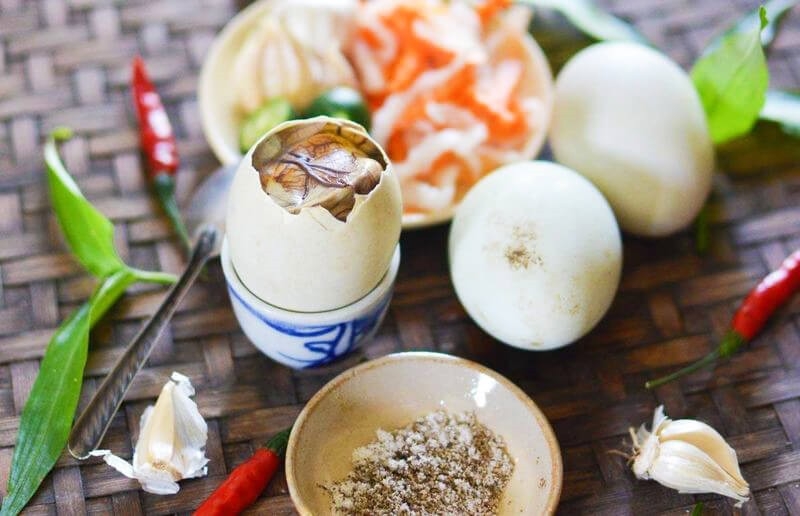 |
| Photo: I Tour Vietnam |
After the top of the eggshell is peeled away and the membrane is broken through, the liquid inside the egg is sipped from the shell. The balut is then eaten straight out of the shell with accompaniments such as herbs and seasoning. The entire content of the egg can be eaten, although the albumen is often considered too hard and tough to eat. Filipinos typically eat balut with salt, vinegar or soy sauce, and Vietnamese people typically eat balut with salt, pepper, and Vietnamese coriander, according to CPHAZ.
| Balut may look unappetizing, but it’s really tasty especially if you sprinkle it with a pinch of salt. It also gives instant energy. While it’s loaded with cholesterol, it is also a good source of calcium and protein. So before you hate balut, try it first, and surely, you will love it. |
 Top 7 Weirdest Drinks Around the World Top 7 Weirdest Drinks Around the World Of course, each of us tasted different drinks to make something new and uncommon at different times in our lives. The diverse mix of alcoholic ... |
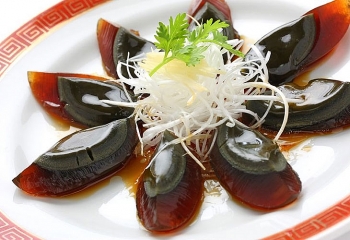 Century egg: one of world's weirdest dishes Century egg: one of world's weirdest dishes In the world list of shockingly weird dishes around the world, century egg is certainly one of them. What is the origin behind this kind ... |
 Stinky Tofu - One of World's Weirdest Dishes Stinky Tofu - One of World's Weirdest Dishes The overwhelming smell of stinky tofu is often compared to rotting garbage or dirty, wet socks. But this odorous fermented bean curd is a popular ... |

